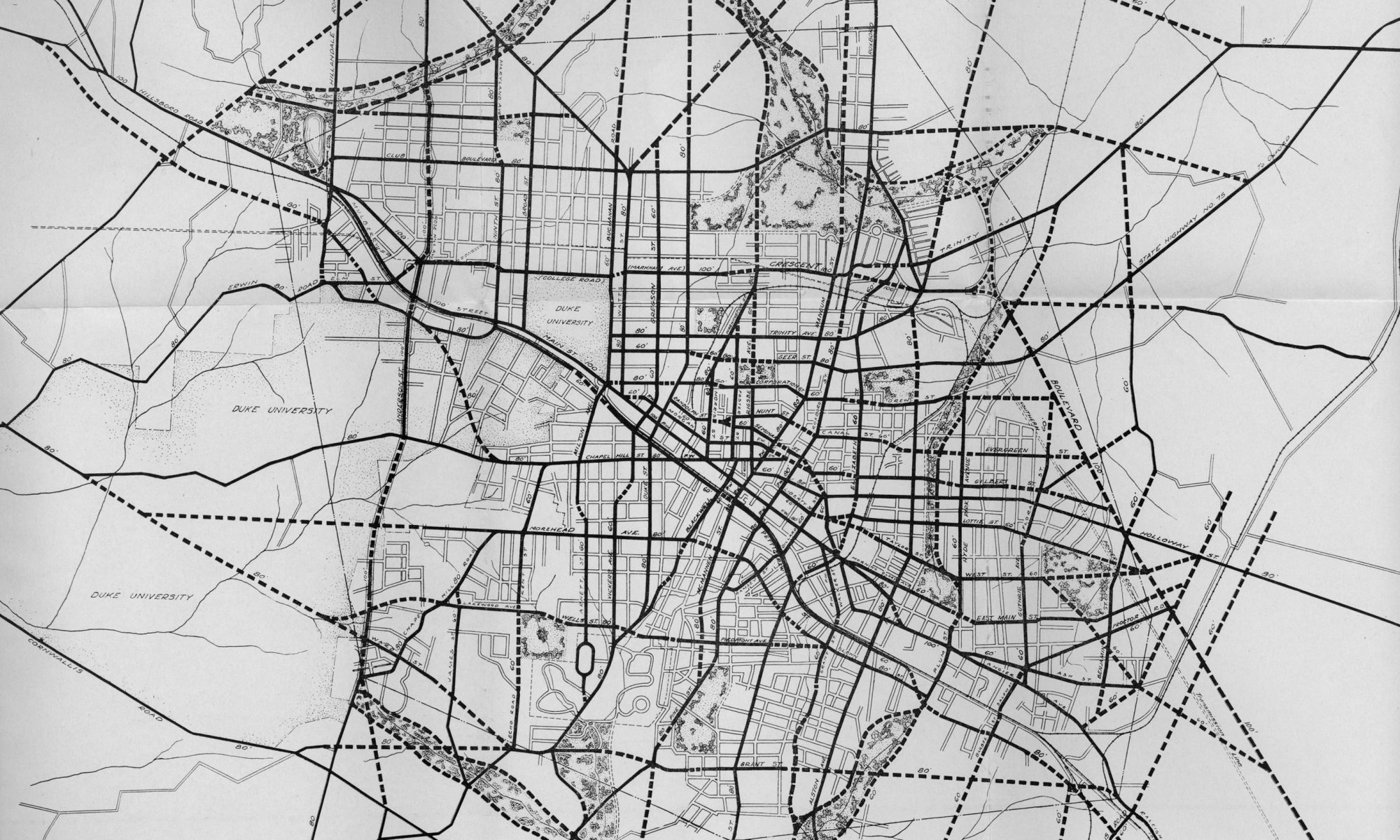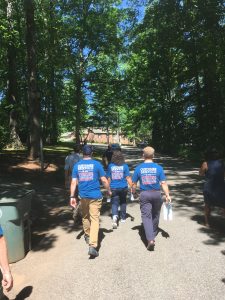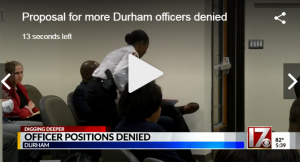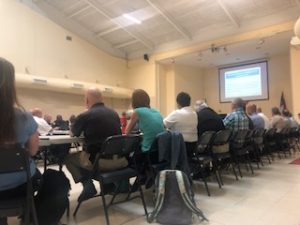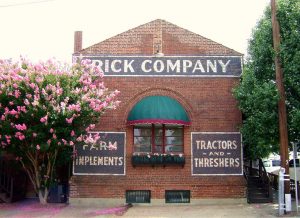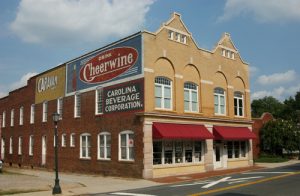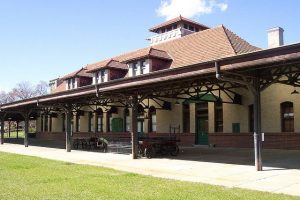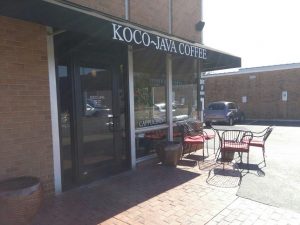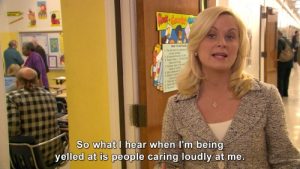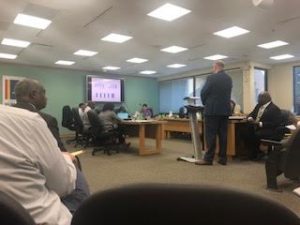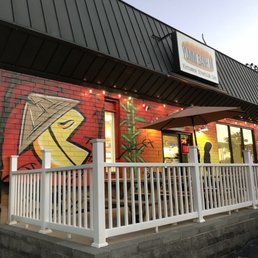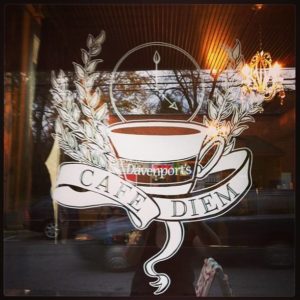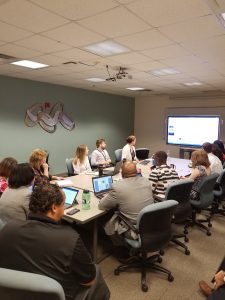Hello everyone!
This week I spent a lot of time talking about city planning, so it only feels appropriate that I dive more into my dual degree with y’all. I originally applied as a dual degree with City & Regional Planning on top of Public Administration because of my senior thesis. I wrote about how city planning impacts the anxiety and depression levels of residents in neighborhoods of Chicago. The findings I discovered during this project furthered my love of using planning to affect the lives of those living in a community. So when it came time to apply for graduate school, a dual degree felt like a necessity.
Many of us know about the planning department from “Parks & Recreation,” and the most boring character on the show, Mark Brandanawicz (pictured below). Although he may appear like he hates his job, most planners are extremely passionate about the work they do. Most folks only hear about the zoning work that planning departments do, but right now the City of Durham has a unique project going on. They are working on an update to Durham’s “Comprehensive Plan”, which will analyze the infrastructure of the City and plan for growth in the future. I have the opportunity to work on this with them, and will keep everyone updated on my progress as it continues.

Durham’s Comprehensive Plan hasn’t been updated in thirteen years, so the City is ecstatic to make changes to the original. These plans are essential to the future of Durham because they ensure that going forward, plans are already in place for improvement, and not all decisions are made on the fly. Additionally, this forward-thinking plan allows for more voices to be included in decisions because there will be more opportunities for discussion.
One of the benefits of being a dual degree student is that I can examine initiatives through an additional lens. For example, dockless scooters came to Durham this past week, and the differences in my degrees changed my analysis of the project. The MPA side of me was focused on the permits that would need to be approved for dockless transportation, while the Planning side was considering the changes to the general transportation system that this would cause, and what it implies for the future. Dockless transportation, such as scooters and bikes, will impact planners and the way they develop and zone the City going forward. Don’t worry, our trip was documented, and proof that I rode a scooter in heels can be found below.
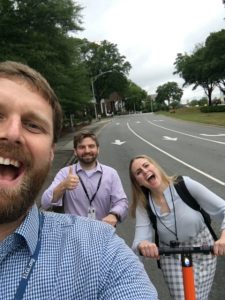
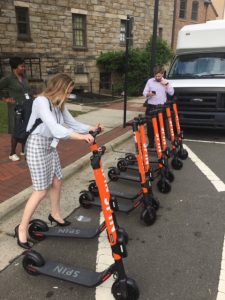
For those of you considering a dual degree in Public Administration and City & Regional Planning, I highly recommend it. I realize I am slightly biased, but the dual degree has allowed me to take advantage of opportunities both programs offer. For example, this upcoming semester, most of my courses will be in the Planning department, and focusing on community development. I believe that these classes will pair well with my MPA courses, and allow me to be a better public servant in the future.


